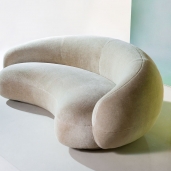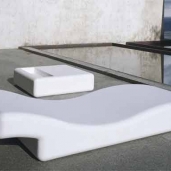Tullio Regge
Italy
Tullio Eugenio Regge was an Italian theoretical physicist. He obtained the laurea in physics from the University of Turin in 1952 under the direction of Mario Verde and Gleb Wataghin, and a Ph.D. in physics from the University of Rochester in 1957 under the direction of Robert Marshak. From 1958 to 1959 Regge held a post at the Max Planck Institute for Physics where he worked with Werner Heisenberg. In 1961 he was appointed to the chair of Relativity at the University of Turin. He also held an appointment at the Institute for Advanced Study from 1965 to 1979. He was emeritus professor at the Polytechnic University of Turin while contributing work at CERN as a visiting scientist. Regge died on October 23, 2014. He was married to Rosanna Cester, physicist, by whom he had three children: Daniele, Marta and Anna. In 1959, Regge discovered a mathematical property of potential scattering in the Schrödinger equation—that the scattering amplitude can be thought of as an analytic function of the angular momentum, and that the position of the poles determines power-law growth rates of the amplitude in the purely mathematical region of large values of the cosine of the scattering angle This formulation is known as Regge theory. Regge trajectory was first demonstrated at CERN. In the early 1960s, Regge introduced Regge calculus, a simplicial formulation of general relativity. In 1968 he and G. Ponzano developed a quantum version of Regge calculus in three space-time dimensions now known as the Ponzano-Regge model. This was the first of a whole series of state sum models for quantum gravity known as spin foam models.























